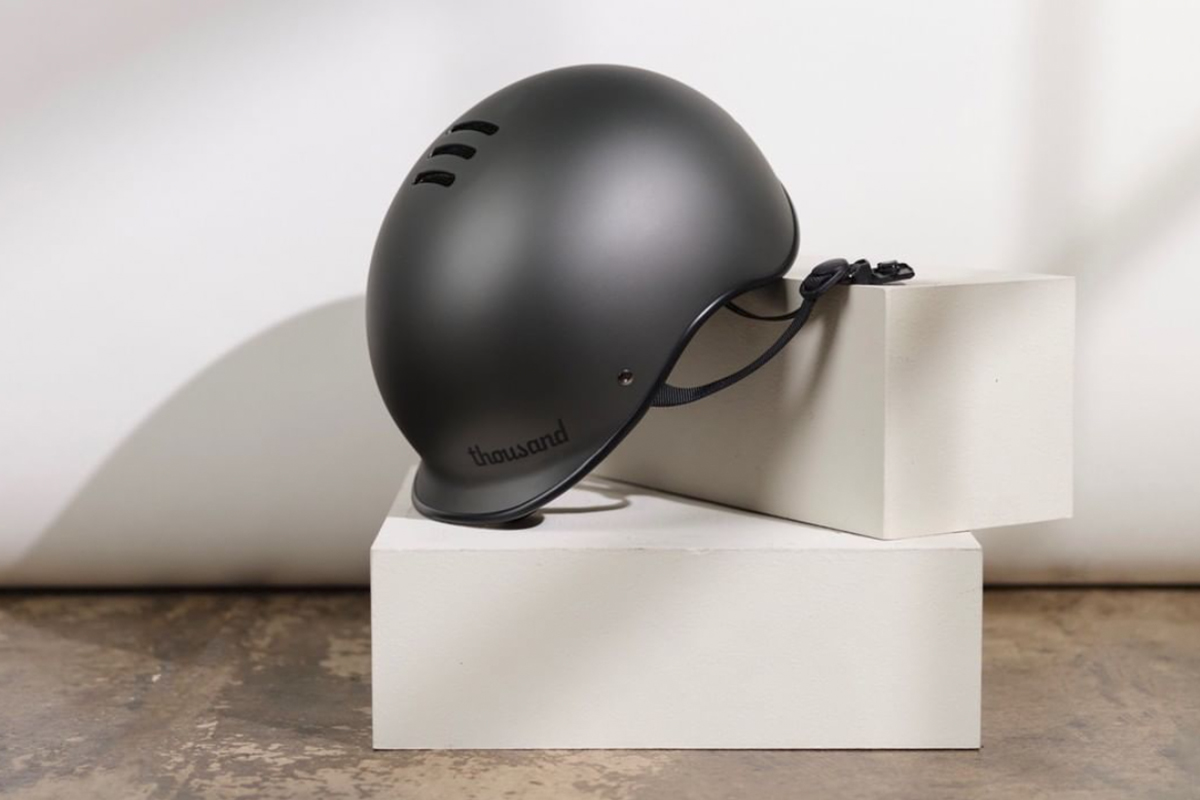At some point this year — probably June or July, according to most state legislators — coronavirus restrictions will ease and we will all re-emerge, like bears from their slumber, into polite society. To help you readjust, we’ll be sharing some advice on grooming, fitness, getting dressed in something besides sweatpants (but also sweatpants), how to manage your stress and mental health, dating, concert and bar etiquette, and more.
In the midst of the current gas shortage in the eastern U.S., started by a cyberattack and fueled by panic buying, some people may have no choice but to break out their trusty bicycle. Americans still need to get to work, run errands and live their lives, after all, and even though gas stations can run dry, you can be sure your bike won’t run out of pedal power.
In another time, the temporary exchange of your bike for your car might be a novel experience. After dusting off, oiling up and pumping up the tires of a Schwinn in the garage, then riding it around for a few days during a fuel crisis, people would have a nice anecdote to break out during future happy hours. However, we’re just coming off the great COVID-induced bike boom, when according to industry coalition PeopleForBikes over one million Americans rode a bike for the first time in one or more years, some for the first time ever. People accustomed to driving, it would seem, are already in the biking mood.
If we take that recent resurgence of the bicycle and add the new gas shortages, the increase in fuel prices after last year’s pandemic lows and the ever-increasing threat of the climate crisis, spurred in large part by auto emissions, what are we left with? In short, the best reason we’ve ever had to make our bikes our main form of transportation.
That’s obviously a hard proposition for the American public. According to census data, less than one percent of people in this country commute by bike. There’s the stigma as well, with the label “bike commuter” often conjuring up Portlandia-level caricatures. Then there’s the fact that our country was built for the automobile, not the bicycle, though a few cities are trying to change that. But the U.S. has experienced cycling booms before, notably in the late ‘60s and early ‘70s, so we already know it’s possible.
In fact, as PeopleForBikes also noted in its COVID data set, 75% of people who started commuting by bicycle and 63% of people who started biking for transportation in general in 2020 plan to continue doing so this year. You’ve probably already got yours tuned up, so what’s the worst that could happen?
Swapping an open-air exercise machine for a climate-controlled, multiple passenger car can be hard to envision, so there are a few things to know before getting started, or before brushing off the idea entirely.

Benefits of Biking Growing by the Day
The benefits of biking over driving a car are obvious — for your personal health, the health of others through less tailpipe pollution, and the health of the planet through lower emissions — but recent research has shown they are actually understated. In a recent study, Dr. Christian Brand of the University of Oxford found that swapping your car for walking, cycling or e-biking even one day a week could greatly decrease carbon emissions.
“A typical response to the climate crisis is to ‘do something’, such as planting more trees or switching to electric vehicles,” Dr. Brand said. “While these are important and effective, they are neither sufficient nor fast enough to meet our ambitious climate targets. Doing more of a good thing combined with doing less of a bad thing — and doing it now — is much more compliant with a ‘net zero’ pathway and preserving our planet’s and our own futures.”
Yes, bike transportation — especially with the bike you already have, though we understand that new e-bikes are tempting — is much better for our environment than buying a brand new Tesla. But the key here is that swapping your bike for your car doesn’t have to be an on-off switch commitment; it can start with one day a week, or even one day a month (I think we can all do better than one day a year on Bike to Work Day, which is coming up on May 21), and it will have huge implications.
Getting Over the Anxiety, Stigma and Apathy
Starting off on your first bike-only day can be intimidating, especially when the conversation is dominated by people with extreme commutes who treat biking like a lifestyle rather than a means to an end. Just because people ride bikes doesn’t mean they need to be bike people, just as people who drive cars don’t need to be gearheads.
That’s why, among the endless advice for how to get started, the wisdom from Thomas Lingner stands out: just get on your bike. “Seems simple, but that’s the first step,” Lingner, who works at the Harvard Library and shared his tips with the school’s Sustainability Office, wrote. “You might think the ride will take too long, you’ll need new clothes, or that it’ll be too hard. Try it for a week, and you may find those fears are groundless.”
A transportation revolution in your personal life won’t take root because of some new gear or even the most hype-worthy of e-bikes. Instead, it will take hold as all habits do: necessity and repetition. We’ve already got the first part, now all it will take is for you to treat that bicycle of yours the way it was meant to be treated, not as a plaything, but as your vehicle of choice.
As PeopleForBikes noted in its 2020 breakdown, new riders listed stress relief and their physical health as the two main reasons they decided to hop on a bike last year. Even as we move into post-vaccination life, those are two priorities I don’t see going away anytime soon.
This article was featured in the InsideHook newsletter. Sign up now.



















